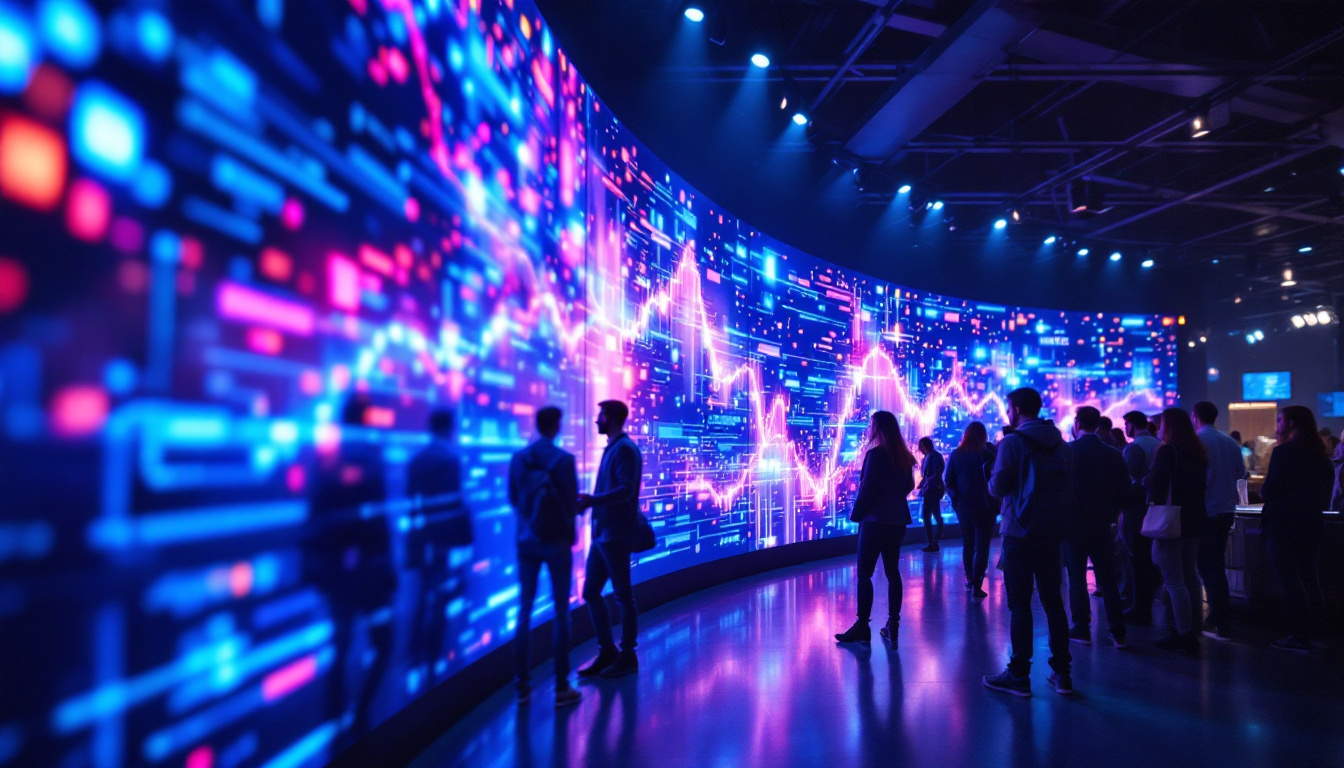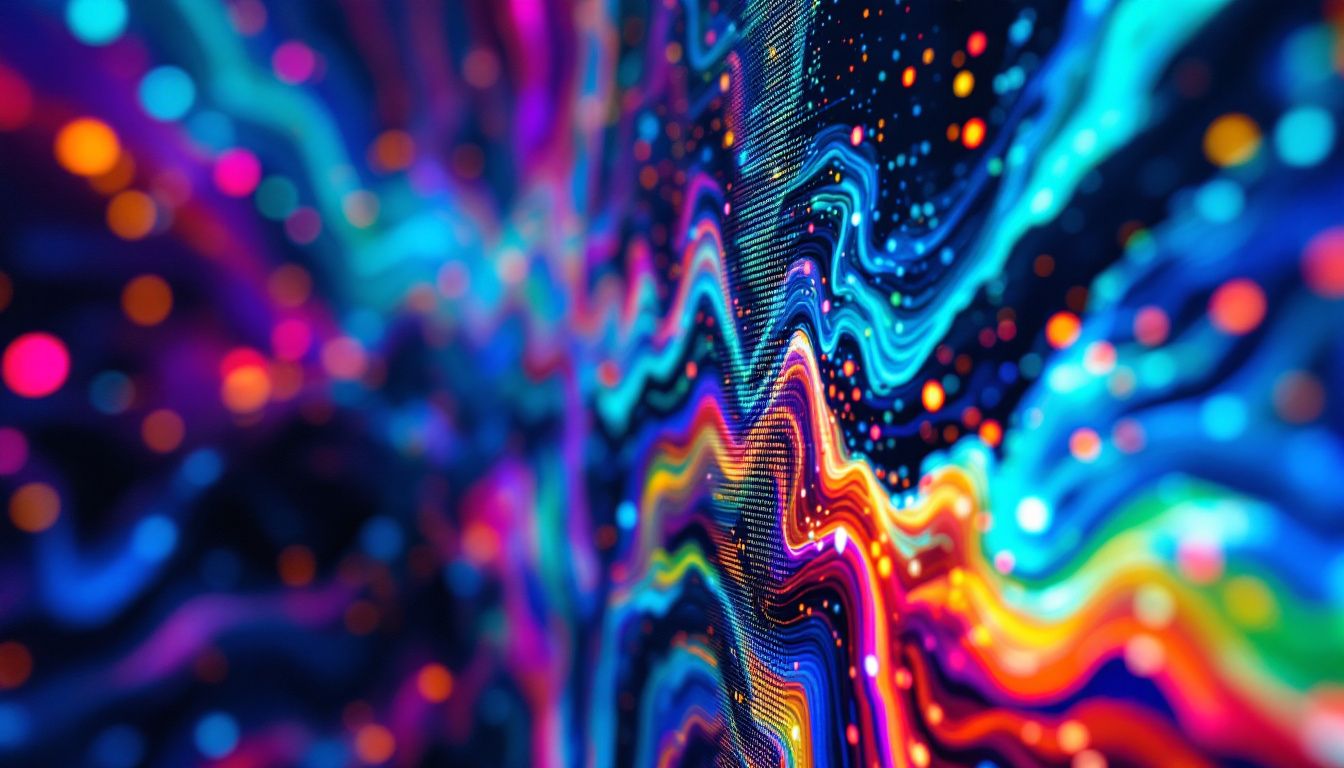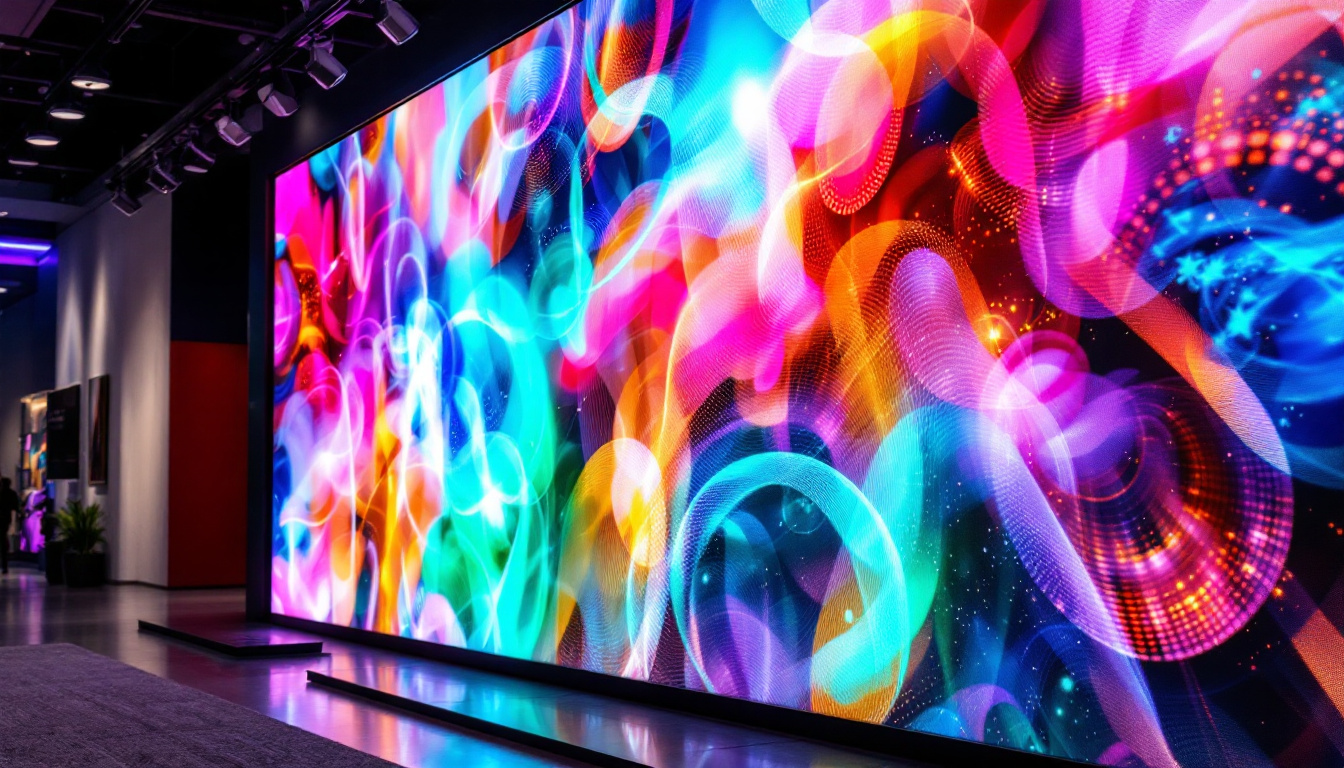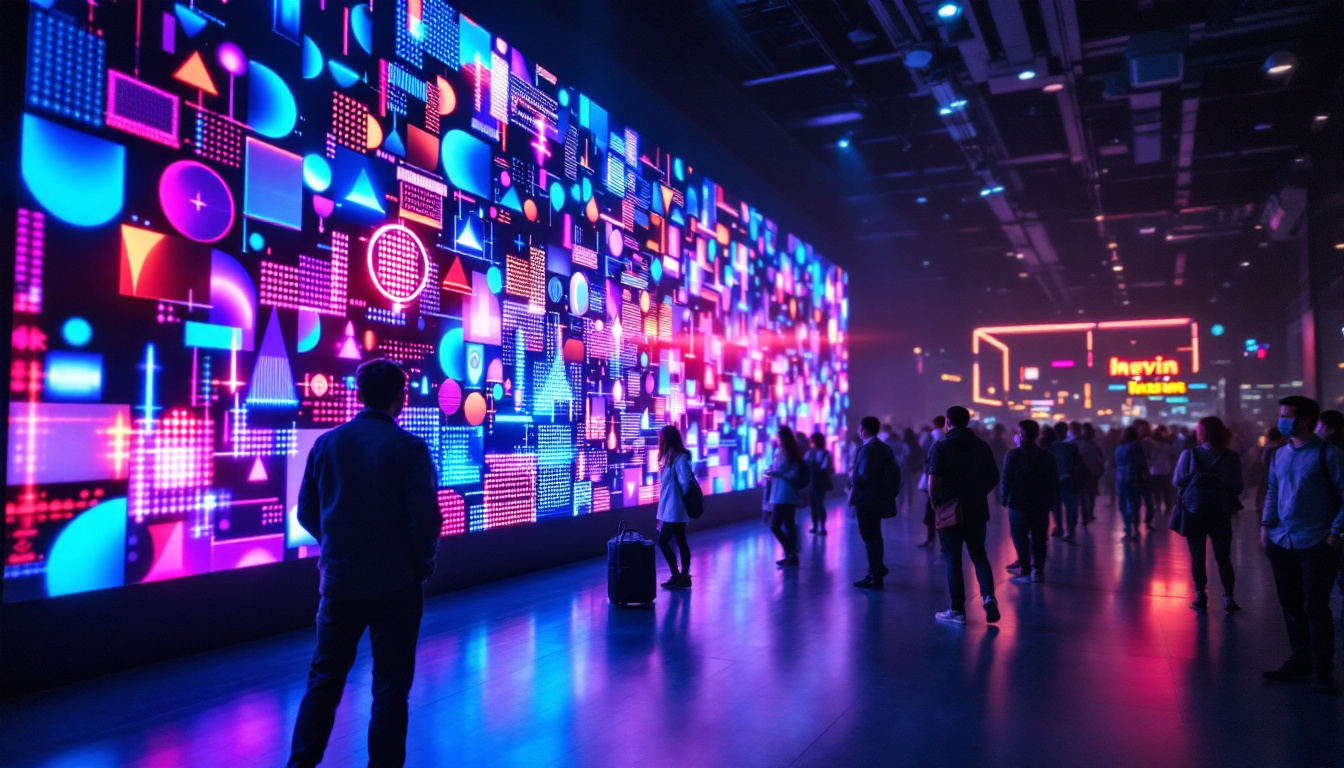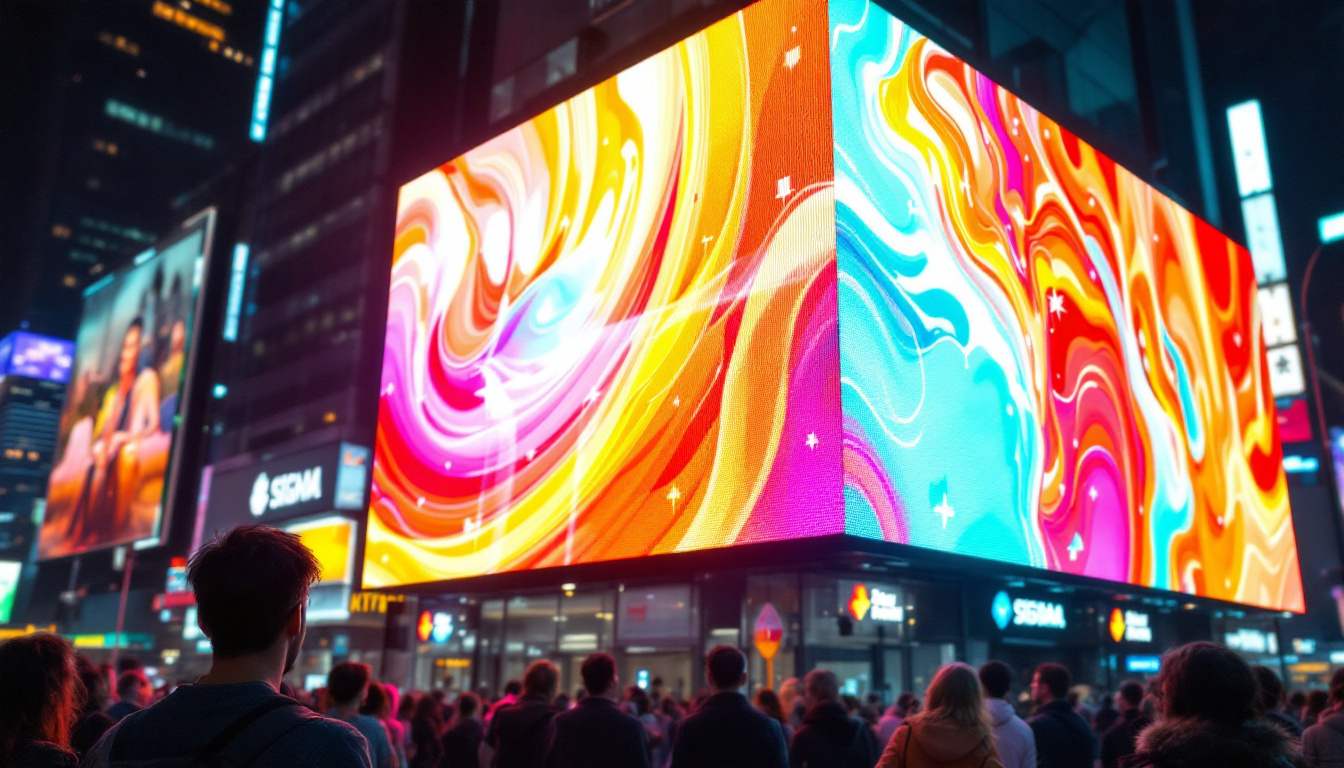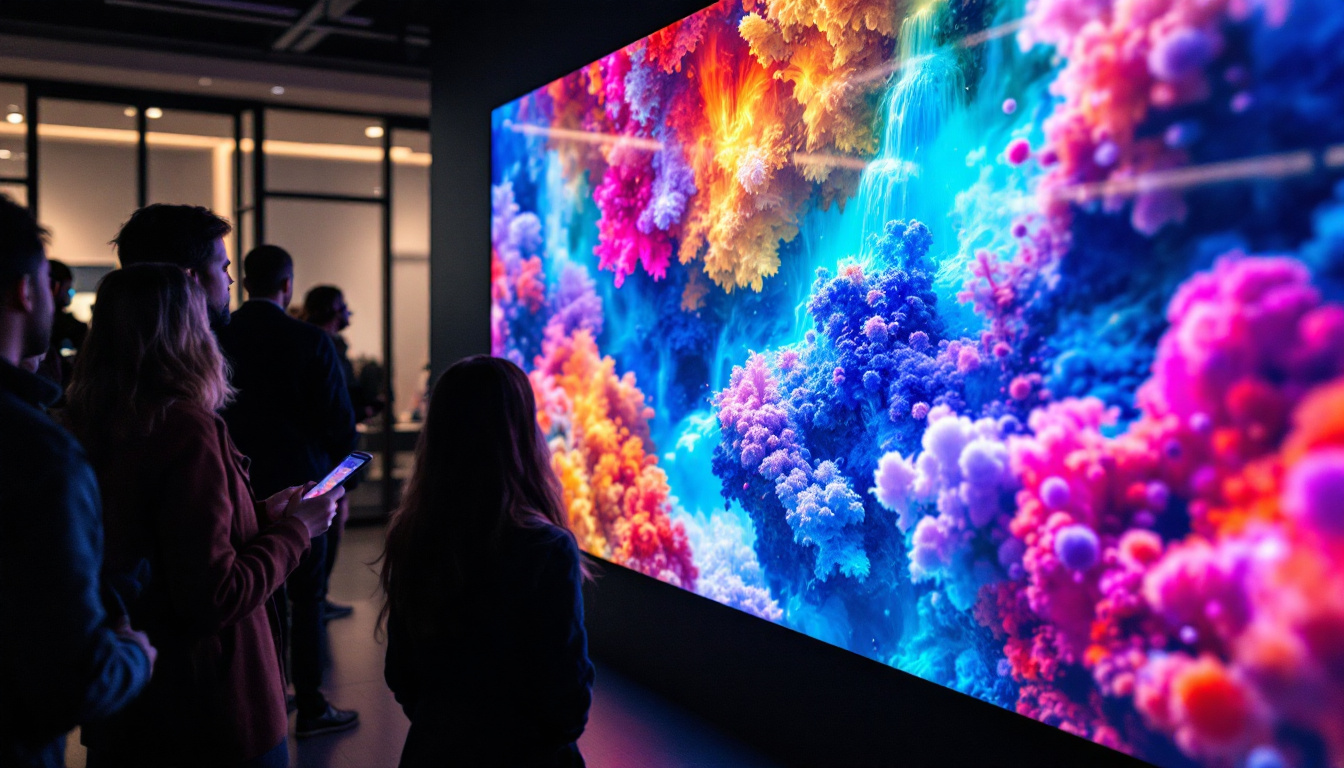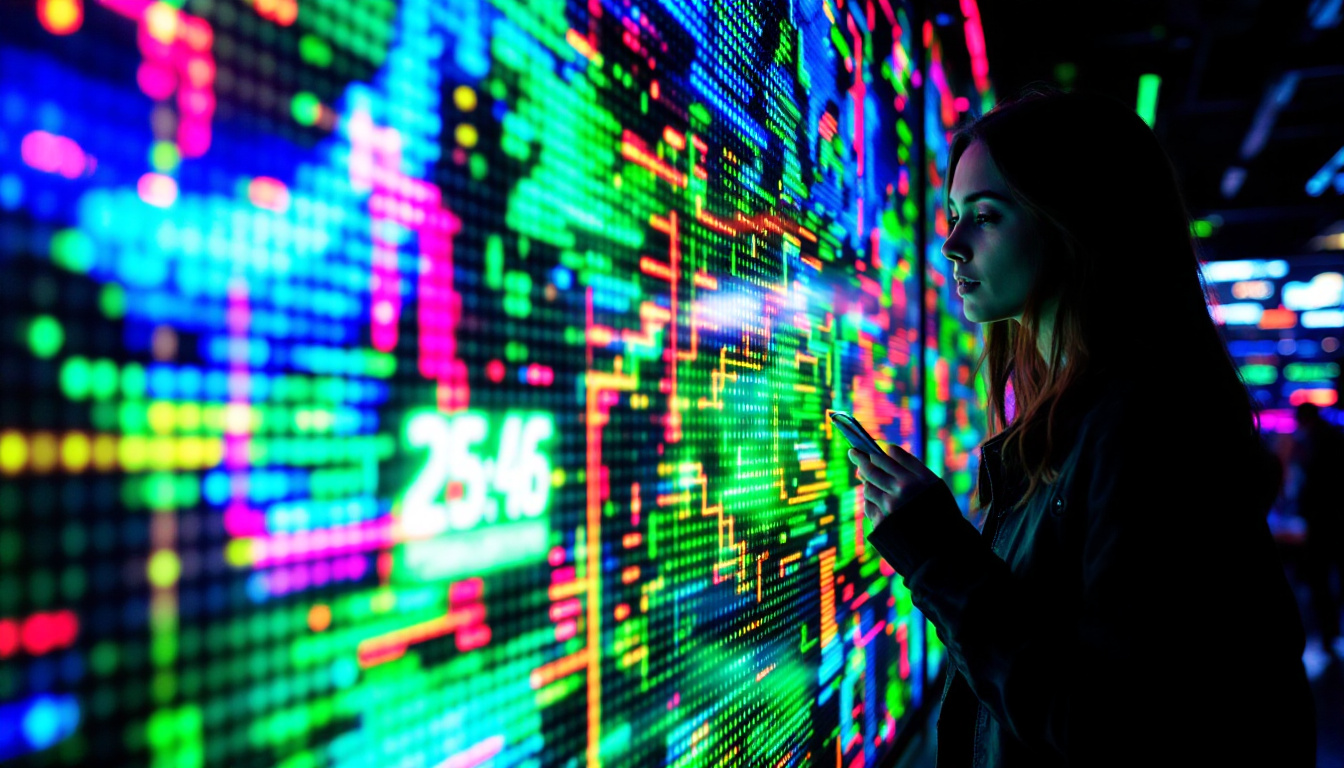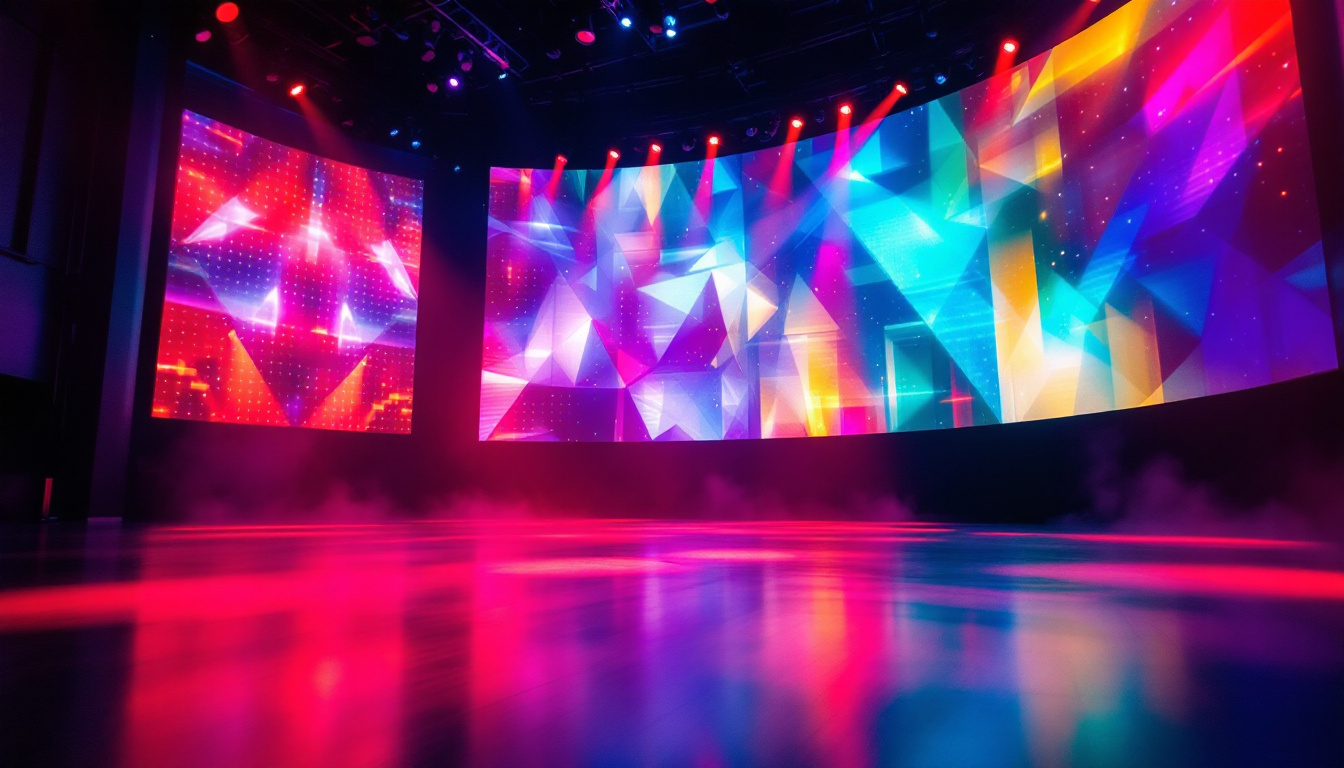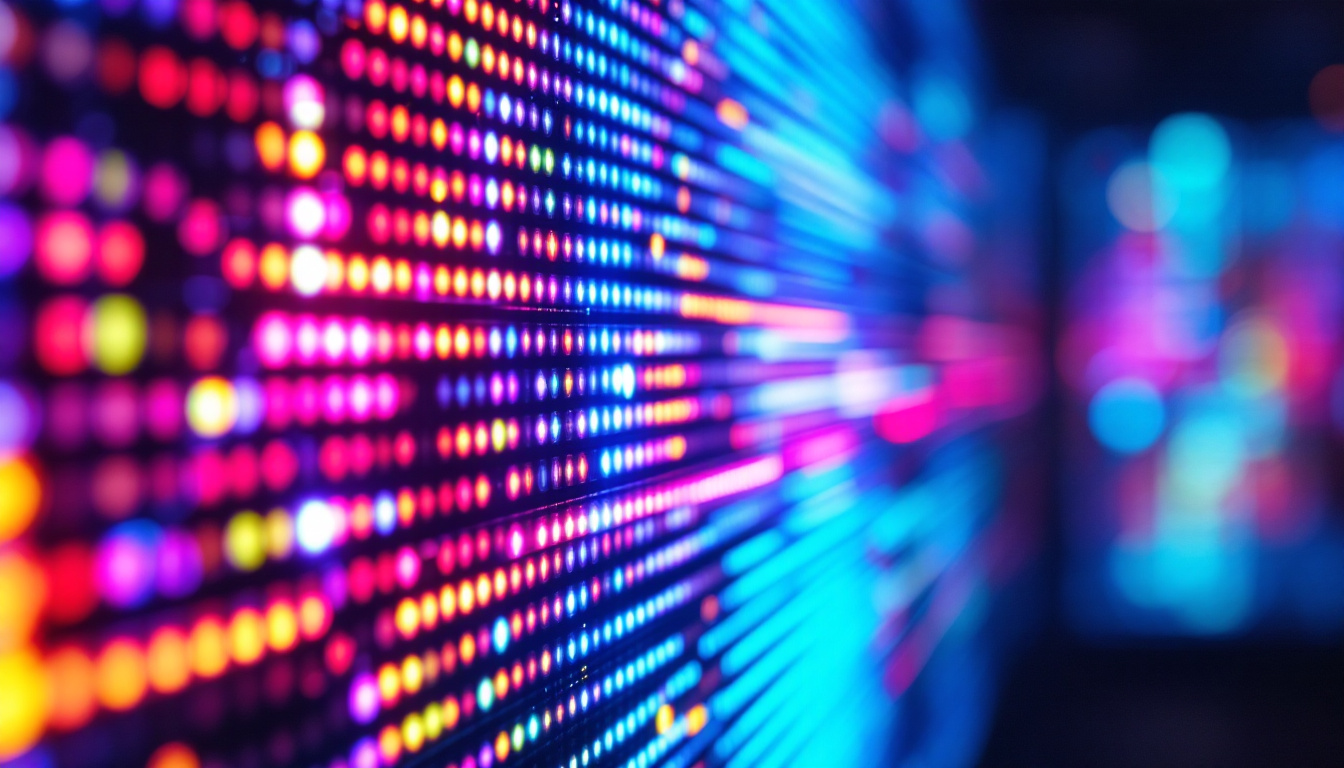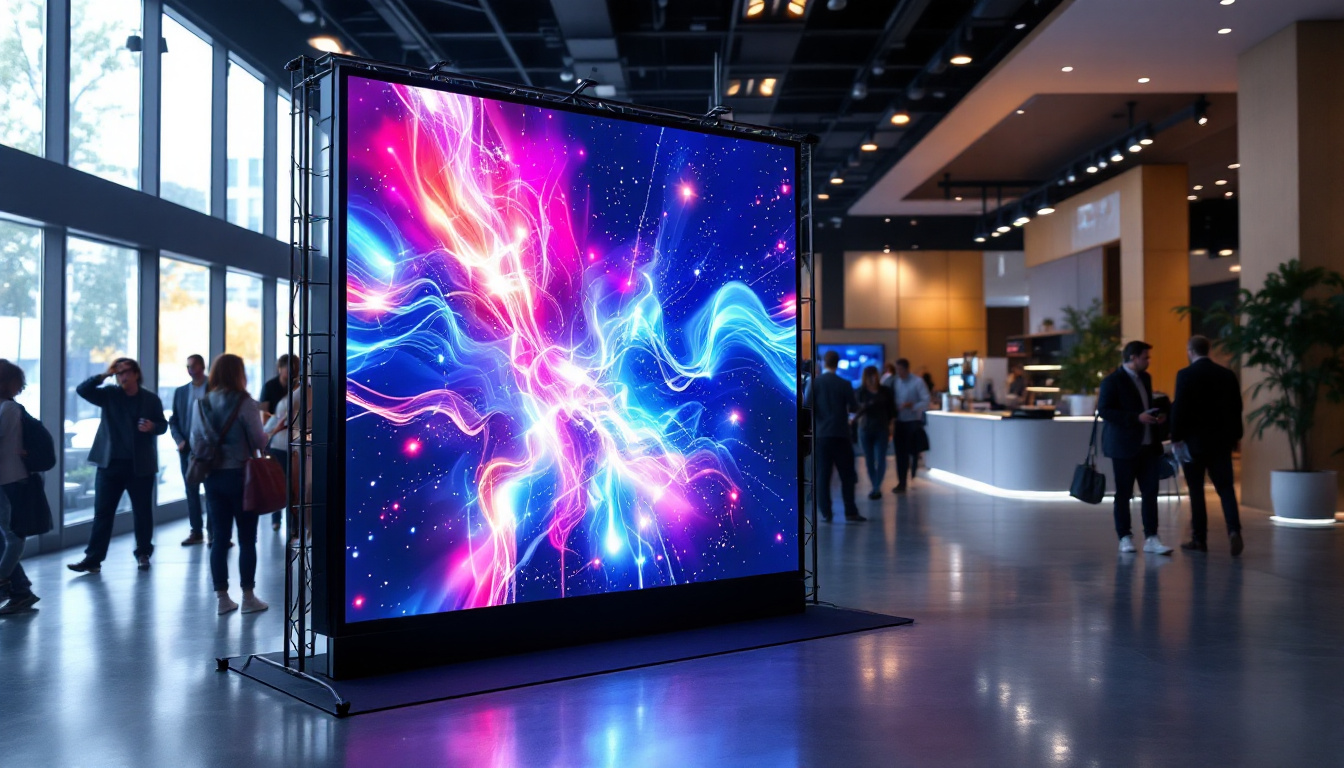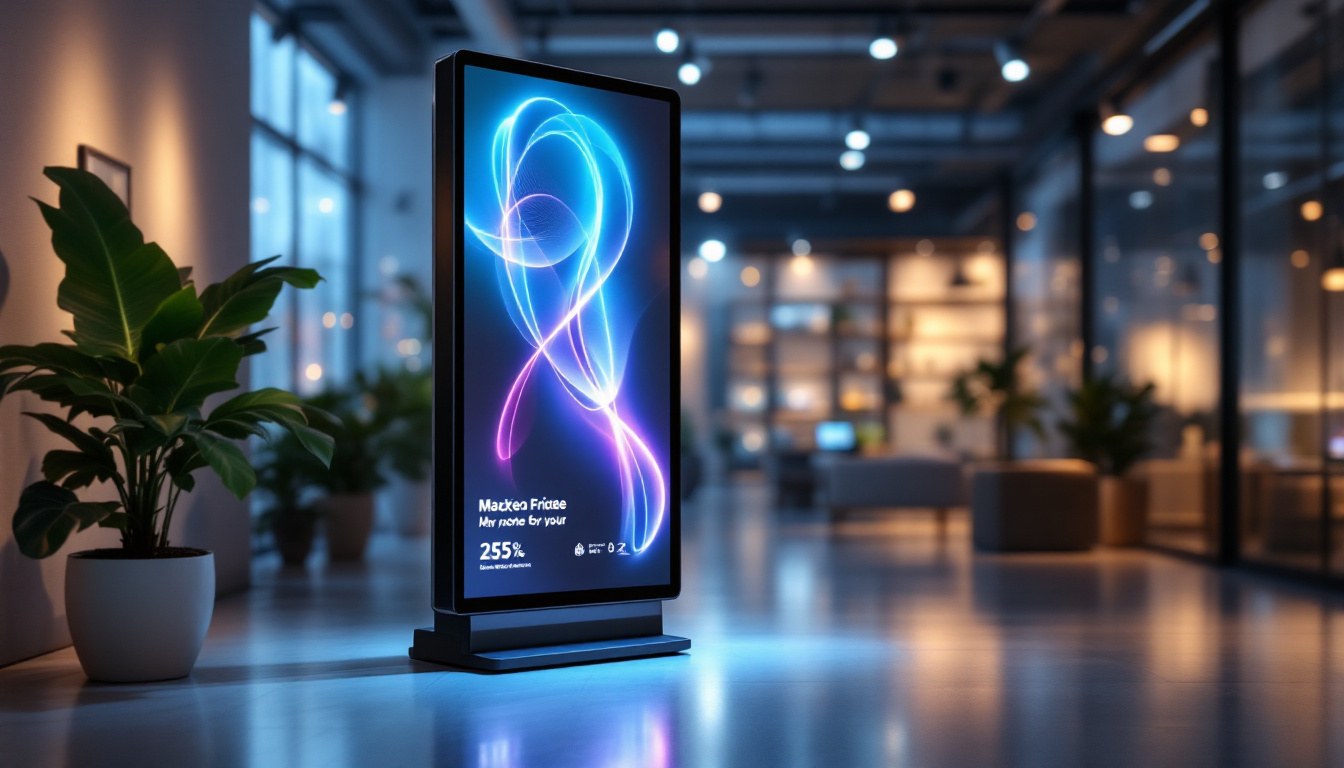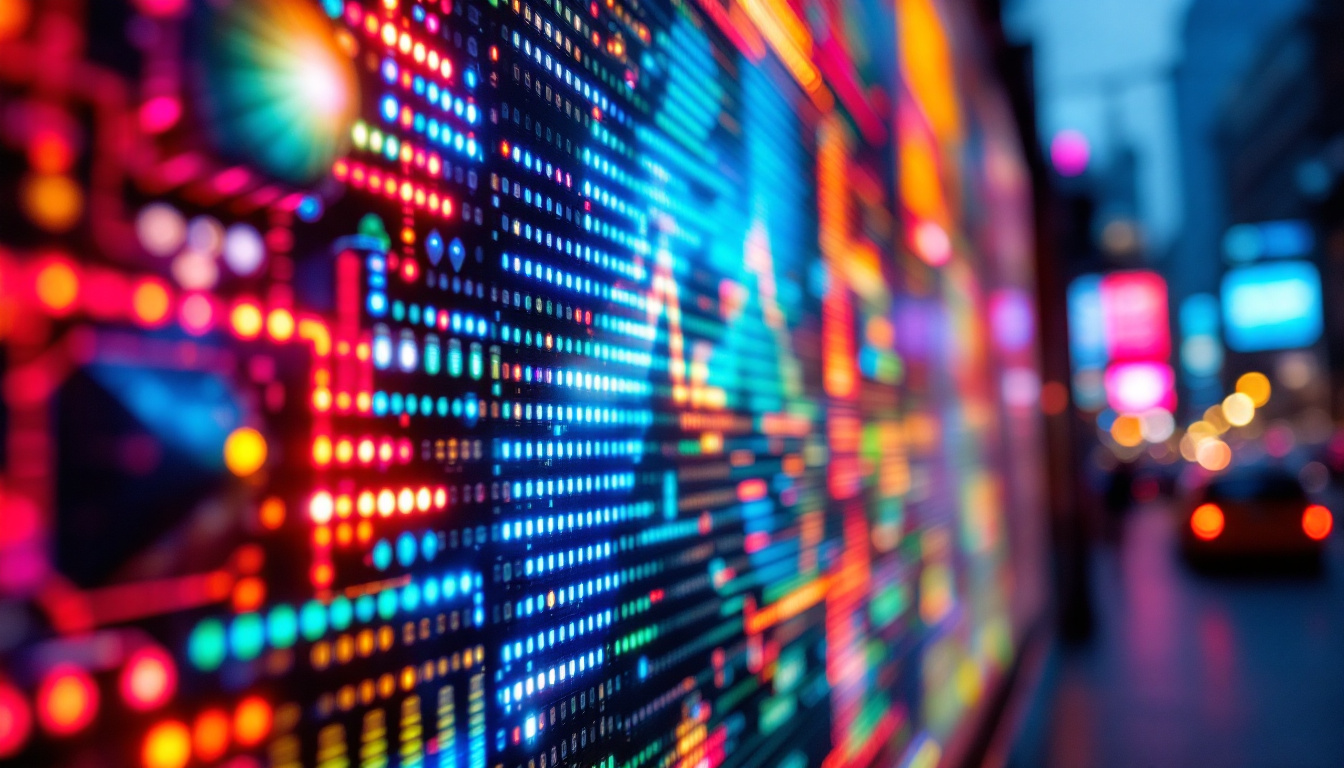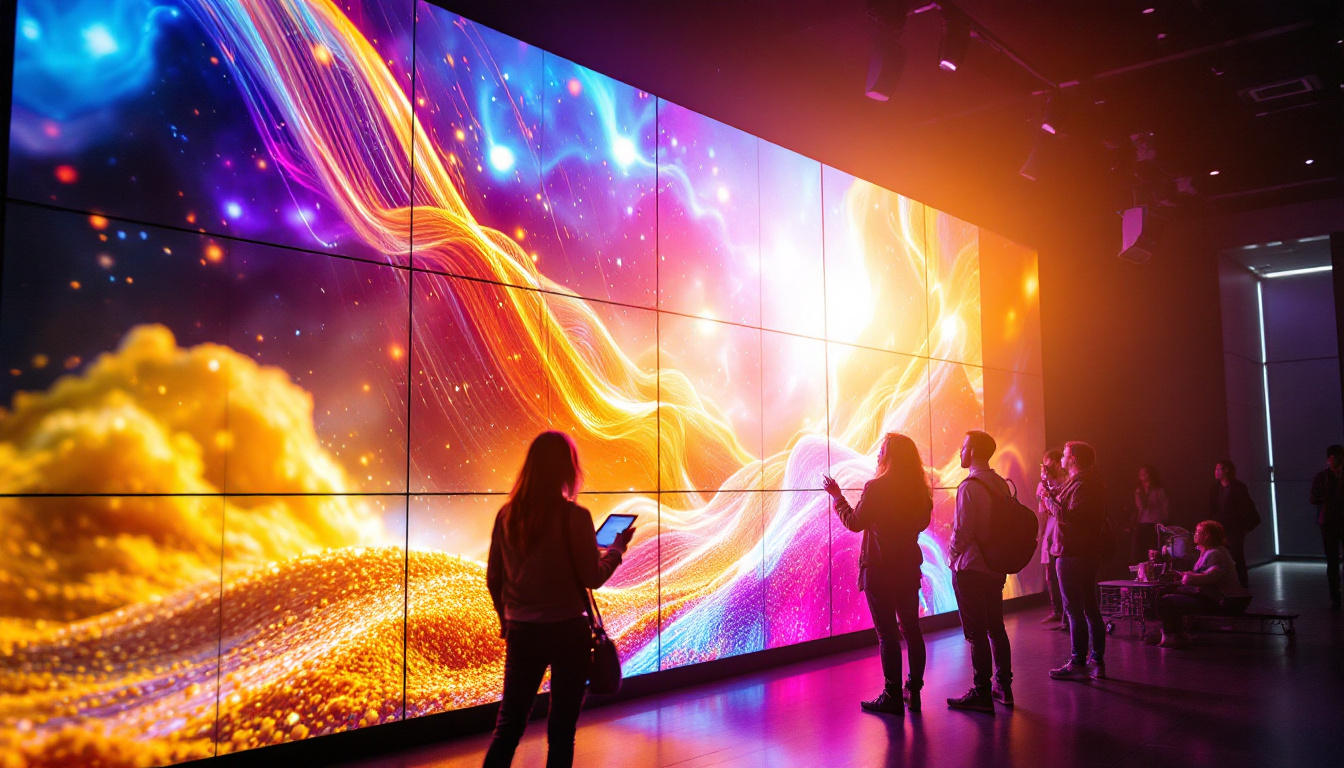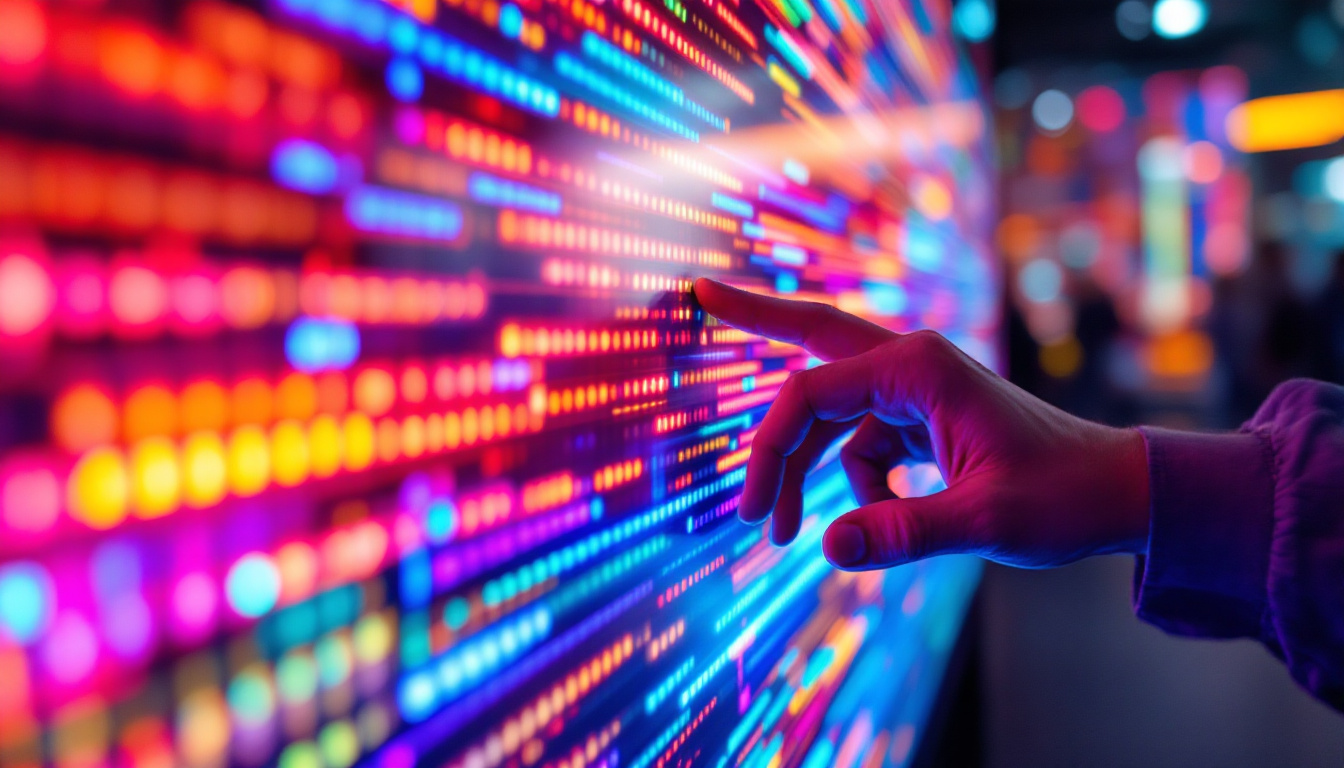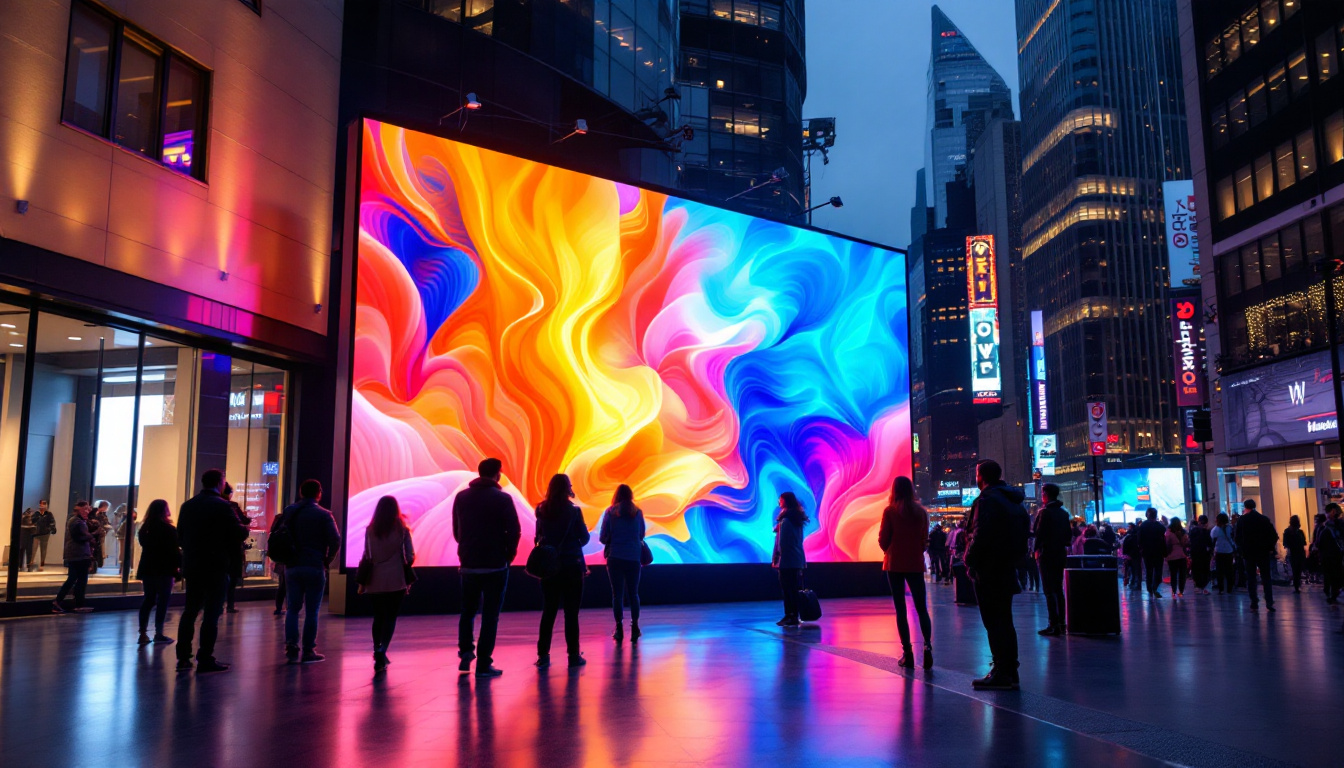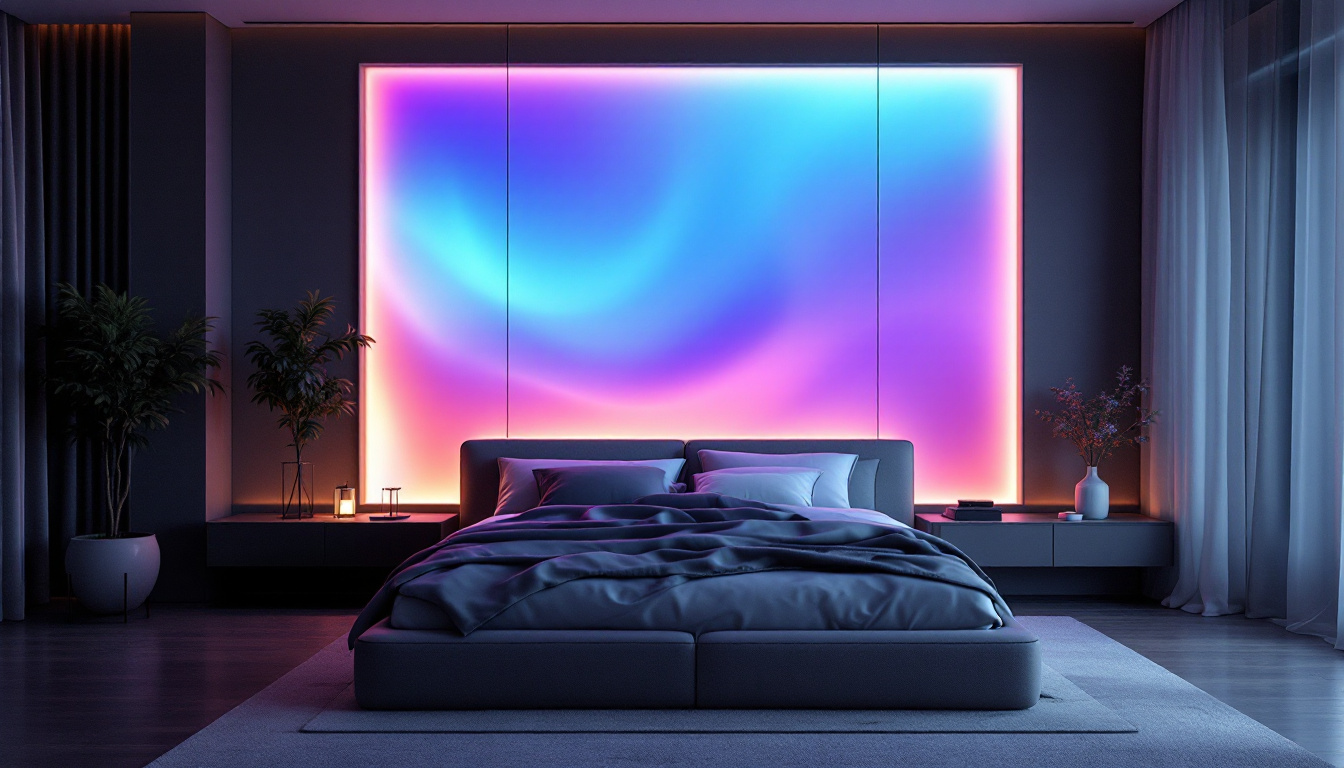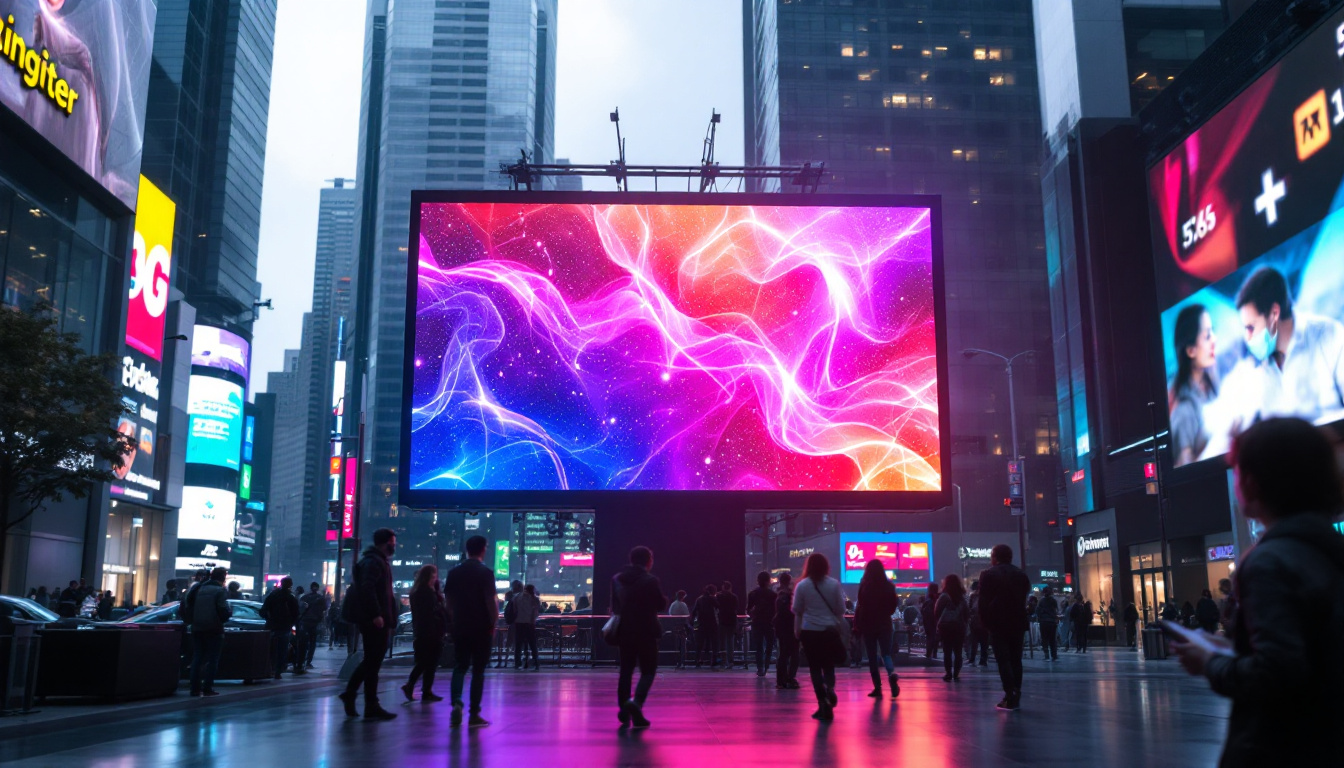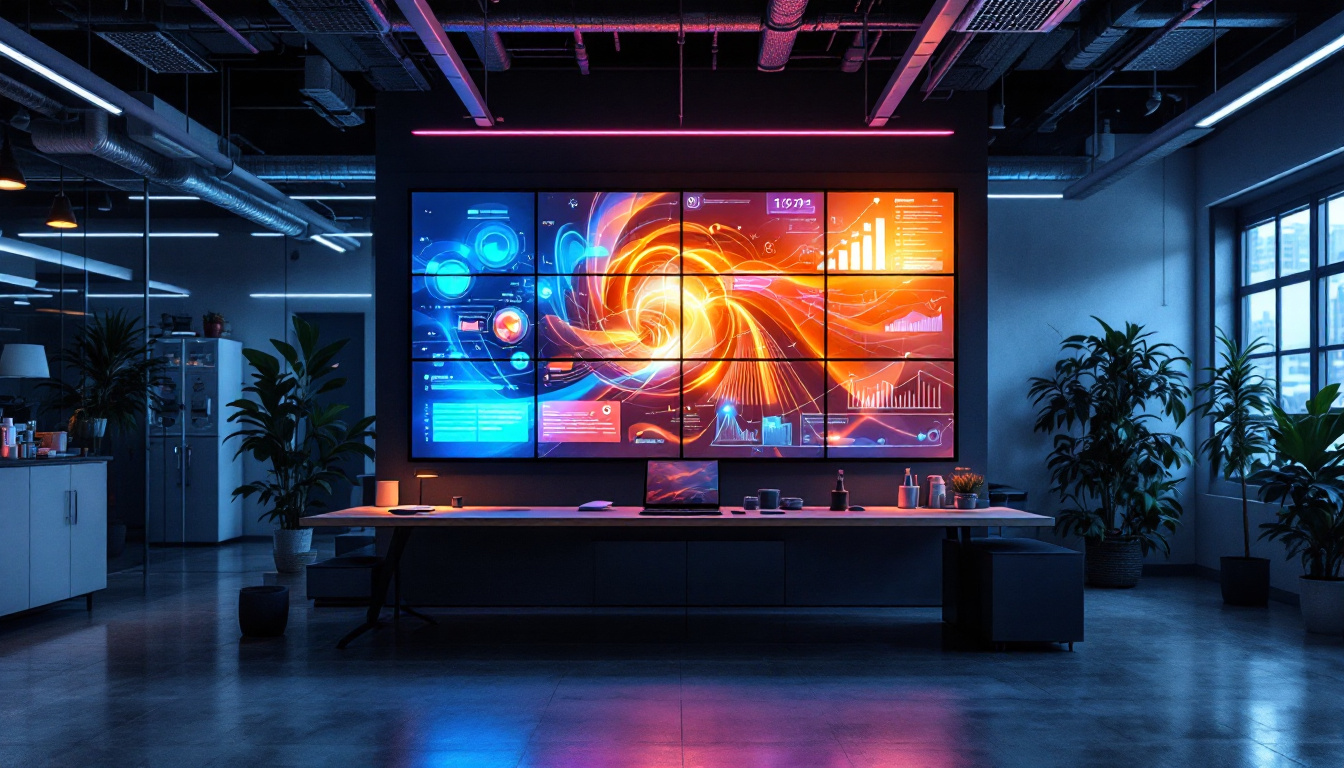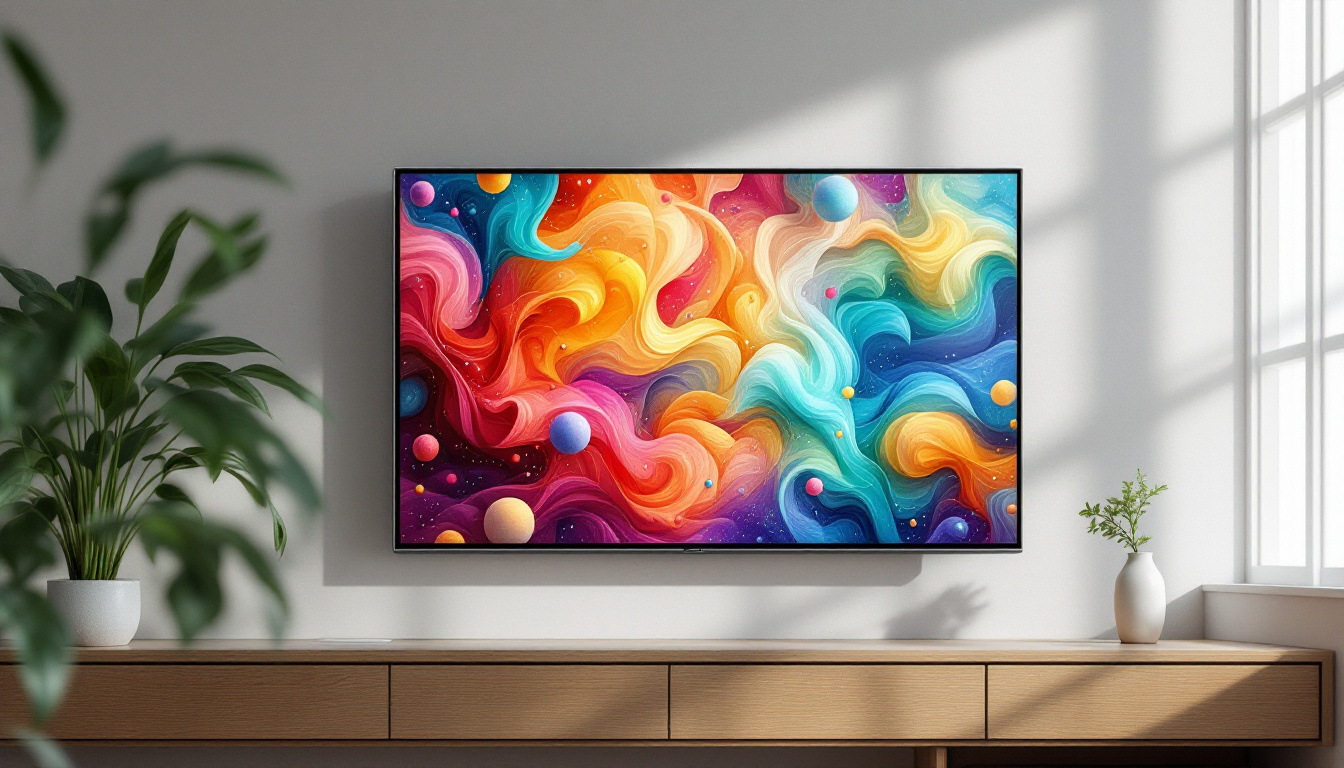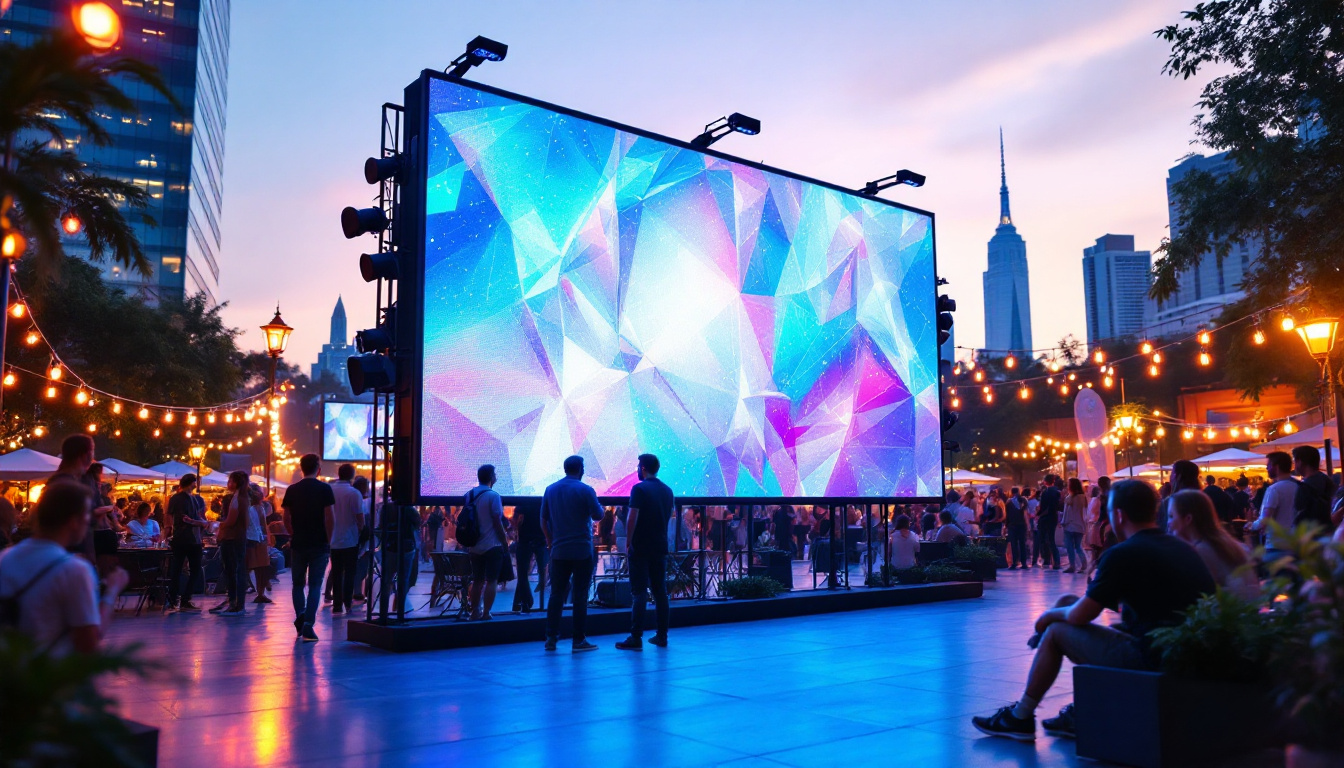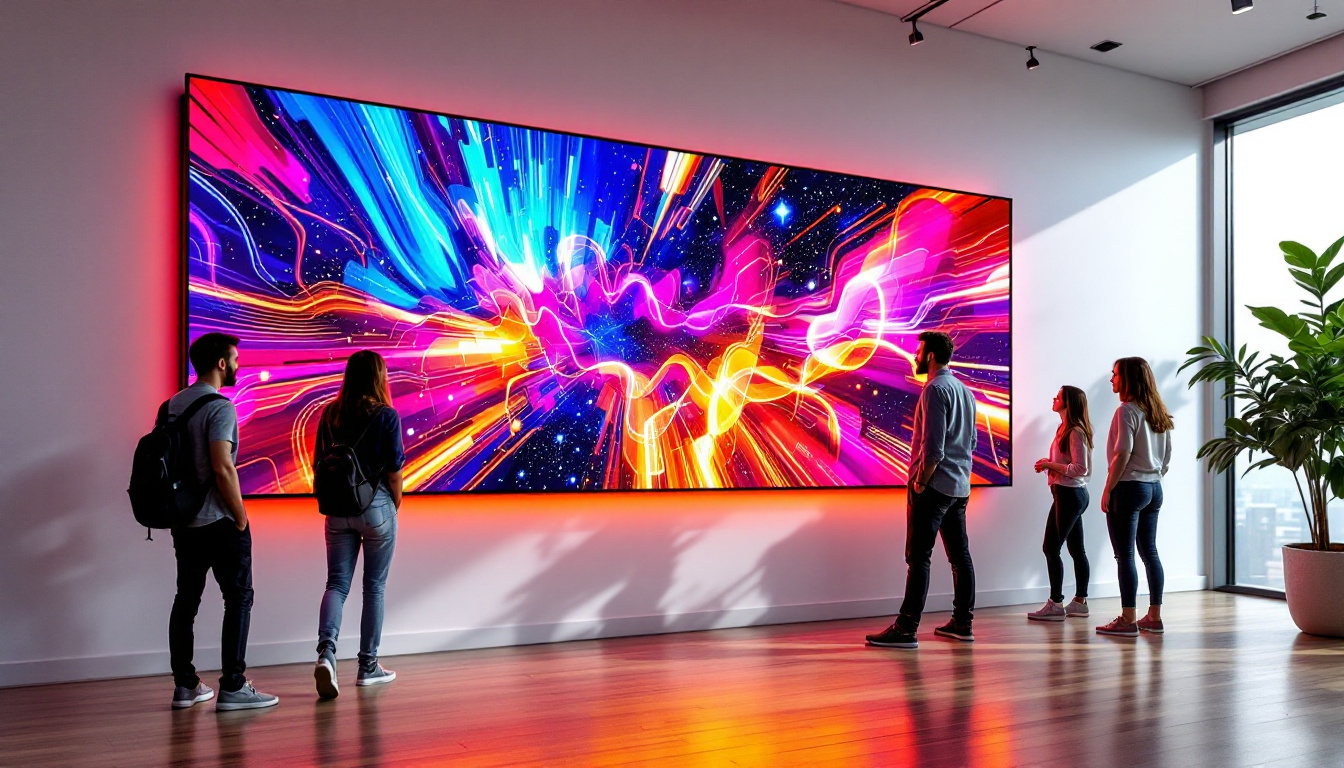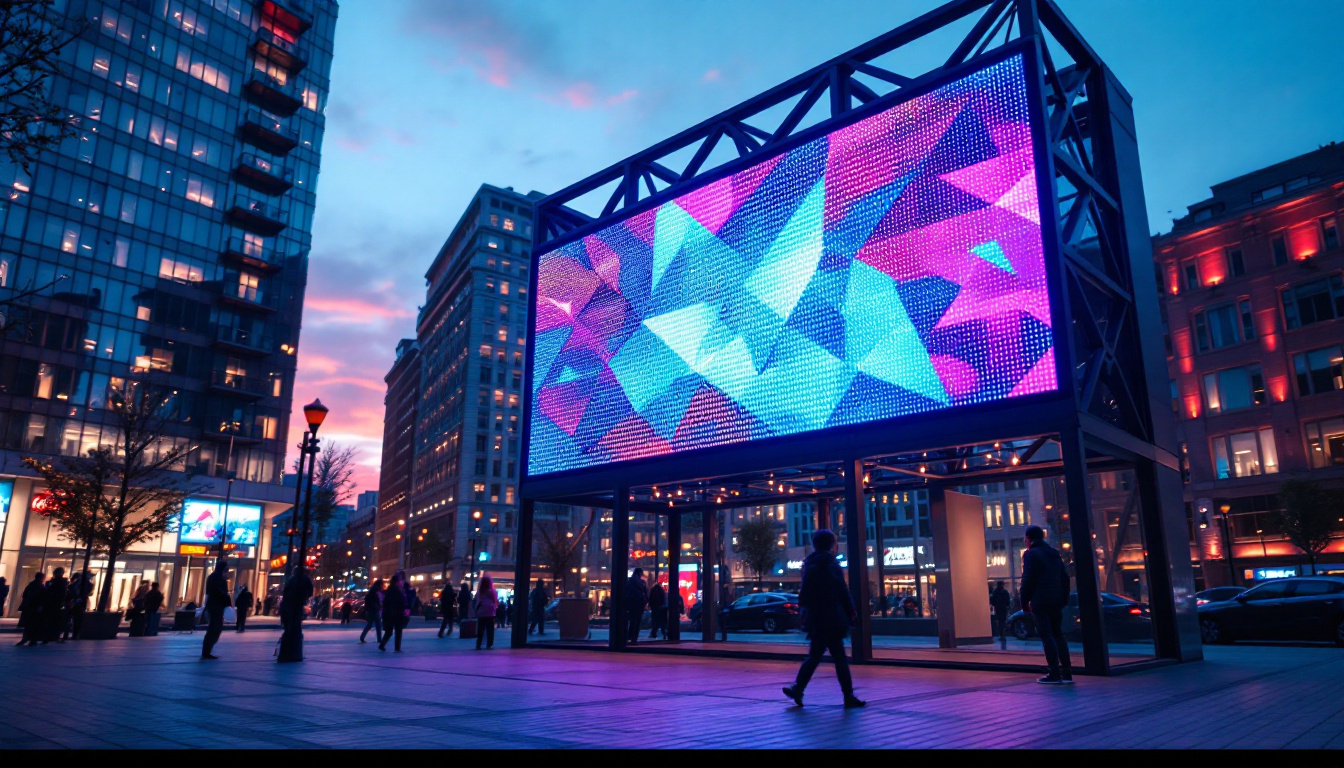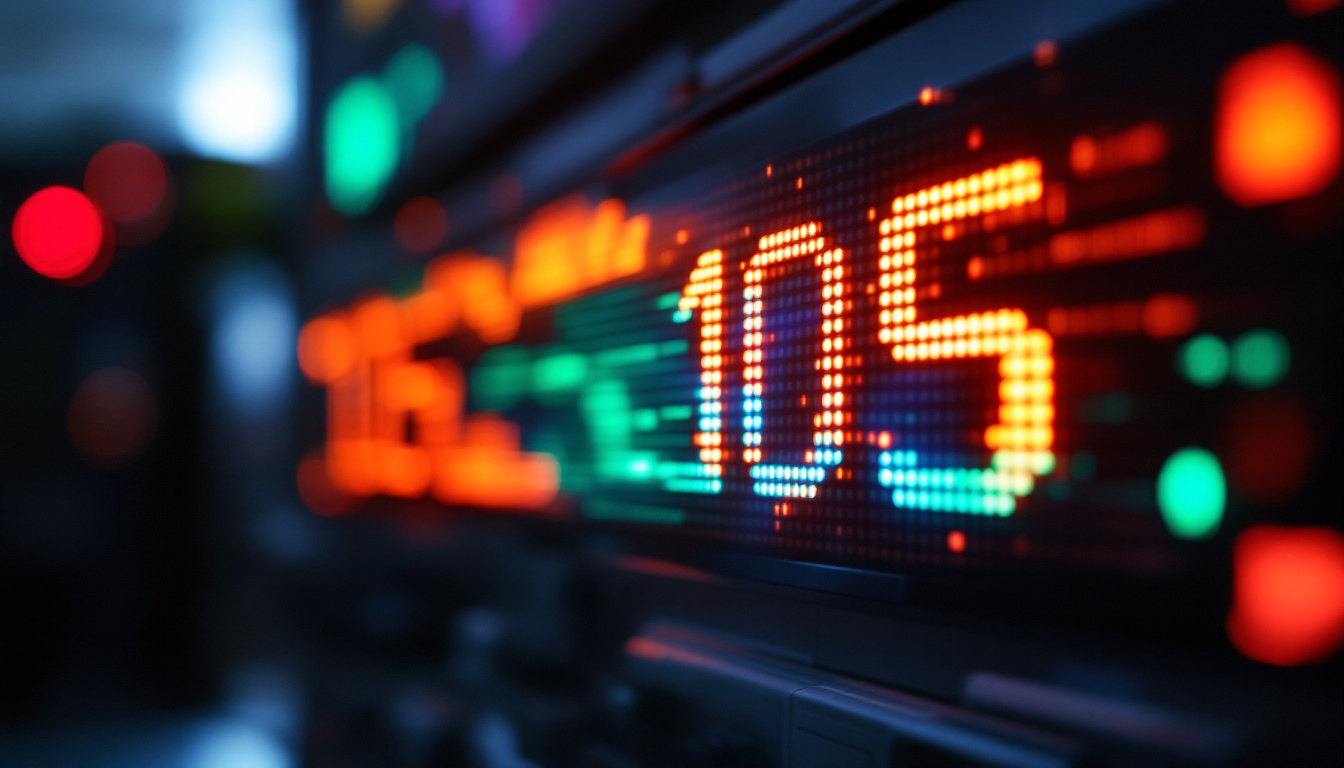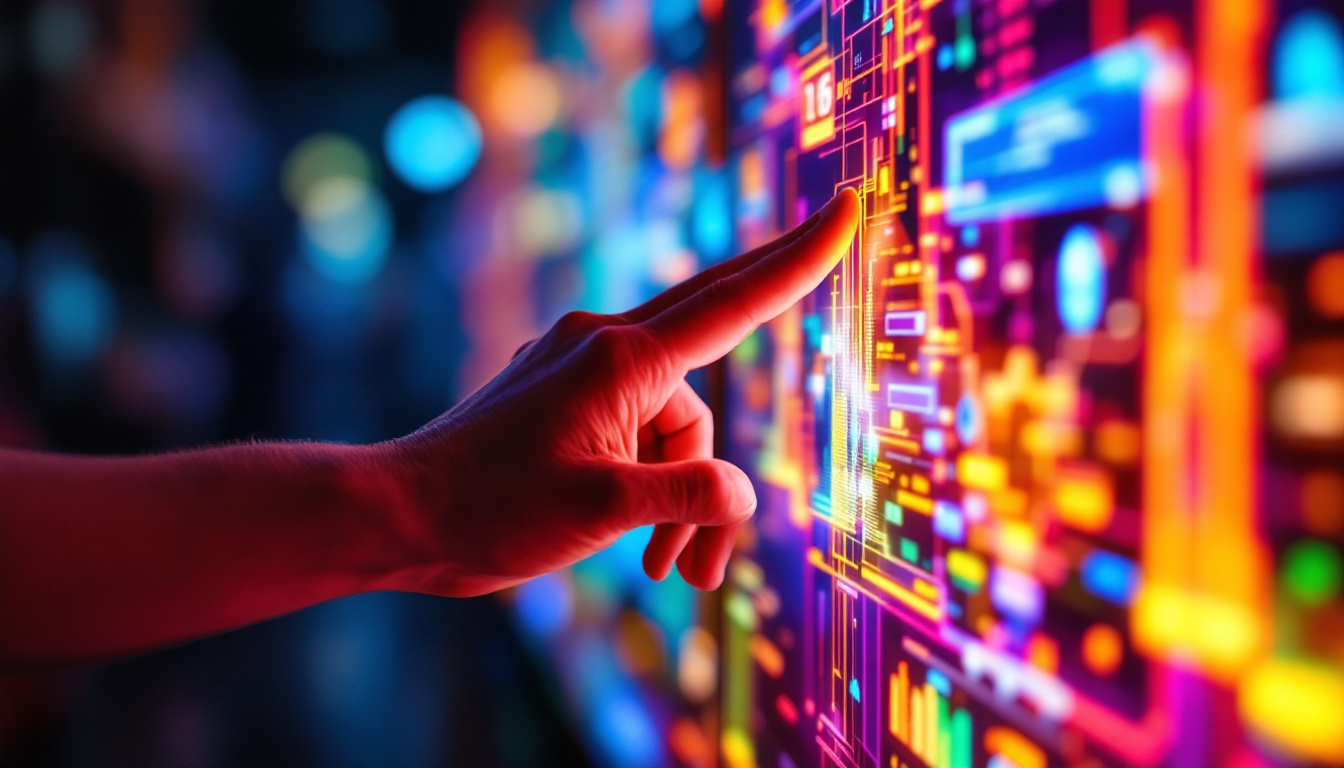In today’s fast-paced digital world, LED displays have become ubiquitous, serving various purposes across numerous industries. From advertising billboards to television screens, LED technology has revolutionized how information is conveyed visually. This article delves into the intricacies of LED displays, exploring their technology, applications, advantages, and future trends.
Understanding LED Technology
What is an LED?
Light Emitting Diodes (LEDs) are semiconductor devices that emit light when an electric current passes through them. Unlike traditional incandescent bulbs, which produce light through heat, LEDs are highly efficient and durable. This efficiency makes them ideal for use in displays, where bright and vibrant visuals are essential. Additionally, LEDs have a significantly longer lifespan compared to incandescent and fluorescent bulbs, often lasting tens of thousands of hours. This longevity not only reduces the frequency of replacements but also minimizes waste, making LEDs a more environmentally friendly option.
LEDs come in various colors, primarily determined by the materials used in their construction. The most common colors include red, green, and blue (RGB). By combining these colors in different intensities, a full spectrum of colors can be achieved, enabling the creation of stunning visuals on screens. Furthermore, advancements in technology have led to the development of white LEDs, which are often used in general lighting applications. These white LEDs can be created using different methods, such as combining RGB LEDs or using phosphor coatings, broadening their applicability across various industries.
How LED Displays Work
LED displays consist of an array of tiny LEDs arranged in a grid. Each LED acts as a pixel, contributing to the overall image displayed. When an image is rendered, the display controller sends signals to each LED, adjusting its brightness to create the desired color. This process occurs rapidly, allowing for smooth video playback and dynamic content. The ability to control each pixel individually also enables features such as high contrast ratios and deep blacks, which enhance the viewing experience, especially in dark environments.
There are two primary types of LED displays: direct view and backlit. Direct view displays use LEDs as the primary light source, while backlit displays use LEDs to illuminate an LCD panel. Each type has its advantages and applications, making them suitable for different environments. For instance, direct view LED displays are commonly used in large outdoor advertising and stadium screens due to their brightness and visibility in daylight. In contrast, backlit LED displays are prevalent in televisions and computer monitors, offering excellent color reproduction and energy efficiency. The versatility of LED technology continues to drive innovation, leading to new applications in areas such as automotive lighting, architectural lighting, and even horticulture, where specific light wavelengths can enhance plant growth.
Applications of LED Displays
Advertising and Marketing
One of the most prominent uses of LED displays is in advertising. digital billboards and signage can capture attention with vibrant colors and dynamic content. Businesses can easily update their messages in real-time, allowing for targeted advertising based on time of day, audience, or location.
Moreover, LED displays are often used in retail environments to enhance customer engagement. Interactive displays can showcase products, provide information, and even facilitate purchases, creating a more immersive shopping experience. Retailers can leverage this technology to run promotions that change based on customer interactions or even the weather, ensuring that their marketing strategies are as effective as possible. The use of augmented reality features on LED screens can further elevate the shopping experience, allowing customers to visualize products in a more engaging way.
Entertainment and Events
In the entertainment industry, LED displays have transformed how audiences experience events. Concerts, sports games, and festivals utilize large LED screens to broadcast performances, enhancing visibility for attendees. The ability to display high-definition visuals and animations adds an extra layer of excitement to live events. These displays can also be synchronized with sound systems to create a cohesive audio-visual experience that captivates the audience.
Additionally, LED technology is prominent in cinemas and theaters, where large screens deliver stunning visuals and immersive experiences. The brightness and contrast of LED displays ensure that audiences enjoy a clear and vibrant picture, regardless of ambient lighting conditions. Beyond traditional cinema, drive-in theaters have also embraced LED technology, allowing for a modern twist on a nostalgic experience, where families can enjoy movies under the stars with the added benefit of superior image quality.
Public Information Displays
LED displays are also widely used for public information systems, such as transportation schedules, weather updates, and emergency alerts. These displays are strategically placed in high-traffic areas, ensuring that important information reaches the public quickly and effectively. The versatility of LED technology allows for the integration of various data feeds, making it possible to display real-time traffic conditions or public service announcements alongside standard information.
For instance, airports and train stations often utilize LED displays to provide real-time updates on arrivals and departures. The clarity and visibility of LED technology make it an ideal choice for conveying critical information in a timely manner. Furthermore, cities are increasingly adopting LED displays for smart city applications, where they can be used to communicate with residents about local events, safety alerts, or even environmental conditions, fostering a more connected and informed community. This integration of technology not only enhances the flow of information but also contributes to the overall efficiency of urban environments.
Advantages of LED Displays
Energy Efficiency
One of the most significant advantages of LED displays is their energy efficiency. Compared to traditional display technologies, LEDs consume significantly less power, leading to lower energy costs. This efficiency not only benefits businesses financially but also contributes to environmental sustainability.
Furthermore, the long lifespan of LED displays means less frequent replacements, reducing waste and resource consumption. Many LED displays can last up to 100,000 hours, making them a cost-effective choice in the long run.
High Brightness and Contrast
LED displays are known for their exceptional brightness and contrast levels. This capability allows them to perform well in various lighting conditions, including direct sunlight. As a result, outdoor LED displays are particularly popular for advertising and public information, where visibility is crucial.
The high contrast ratio of LED displays ensures that images and text are sharp and clear, enhancing the overall viewing experience. This quality is especially important for applications where details matter, such as medical imaging or high-definition video production.
Versatility and Flexibility
LED displays come in various shapes and sizes, making them versatile for different applications. From large outdoor billboards to small indoor screens, the adaptability of LED technology allows for creative installations in various environments.
Moreover, LED displays can be configured to create unique shapes and designs, enabling businesses to stand out visually. This flexibility allows for innovative marketing strategies and artistic expressions, making LED technology a favorite among designers and advertisers alike.
Challenges and Considerations
Initial Cost
While the long-term benefits of LED displays are clear, the initial investment can be a barrier for some businesses. High-quality LED displays can be expensive to purchase and install, which may deter smaller companies from adopting this technology.
However, it is essential to consider the total cost of ownership, including energy savings and reduced maintenance costs. Over time, the financial benefits of LED displays often outweigh the initial expenditure, making them a worthwhile investment.
Maintenance and Repair
Although LED displays are generally durable, they are not immune to issues. Regular maintenance is necessary to ensure optimal performance, and repairs may be required if individual LEDs fail. This maintenance can be a consideration for businesses looking to implement LED technology.
Fortunately, many manufacturers offer warranties and support services to help mitigate these concerns. Establishing a maintenance plan can also prolong the lifespan of the display and ensure consistent performance.
Environmental Impact
While LED technology is more environmentally friendly than traditional lighting, it is not without its environmental considerations. The production and disposal of electronic components can contribute to e-waste, which poses a challenge for sustainability.
To address these concerns, manufacturers are increasingly focusing on sustainable practices, such as using recyclable materials and implementing take-back programs. Consumers can also play a role by choosing products from companies committed to environmentally responsible practices.
The Future of LED Displays
Advancements in Technology
The future of LED displays is bright, with ongoing advancements in technology promising even more exciting developments. Innovations such as microLED and OLED technologies are emerging, offering enhanced resolution, color accuracy, and flexibility.
MicroLED technology, in particular, is gaining attention for its potential to create ultra-thin and lightweight displays with exceptional brightness and contrast. This advancement could lead to new applications in consumer electronics, such as televisions and smartphones, where form factor and performance are critical.
Integration with Smart Technology
As smart technology continues to evolve, the integration of LED displays with IoT (Internet of Things) systems is becoming more prevalent. Smart LED displays can connect to the internet, allowing for real-time content updates and remote management.
This connectivity opens up new possibilities for dynamic advertising, personalized content delivery, and interactive experiences. Businesses can leverage data analytics to tailor their messages to specific audiences, enhancing engagement and effectiveness.
Environmental Sustainability Initiatives
With growing awareness of environmental issues, the LED industry is increasingly focusing on sustainability. Future developments may include more energy-efficient manufacturing processes, improved recyclability of components, and the use of eco-friendly materials.
As consumers demand more sustainable products, companies that prioritize environmental responsibility will likely gain a competitive edge. The evolution of LED technology will continue to align with these values, ensuring a brighter and more sustainable future.
Conclusion
LED displays have transformed the way information is presented and consumed across various industries. Their energy efficiency, high brightness, and versatility make them an ideal choice for advertising, entertainment, and public information. While challenges such as initial costs and maintenance exist, the long-term benefits often outweigh these concerns.
As technology continues to advance, the future of LED displays looks promising, with innovations paving the way for even more dynamic and engaging visual experiences. Businesses and consumers alike can look forward to a world where LED technology plays a central role in communication, entertainment, and sustainability.
Discover LumenMatrix’s Innovative LED Solutions
Ready to elevate your visual experience with the latest in LED technology? Explore LumenMatrix’s comprehensive range of LED display solutions, designed to captivate your audience and amplify your message. From vibrant Indoor and Outdoor LED Wall Displays to dynamic Vehicle and Sports LED Displays, our offerings cater to every need. Discover the future of visual communication with our Custom, All-in-One, and Transparent LED Displays. Check out LumenMatrix LED Display Solutions today and see how we can transform your space into a mesmerizing display of clarity and color.

